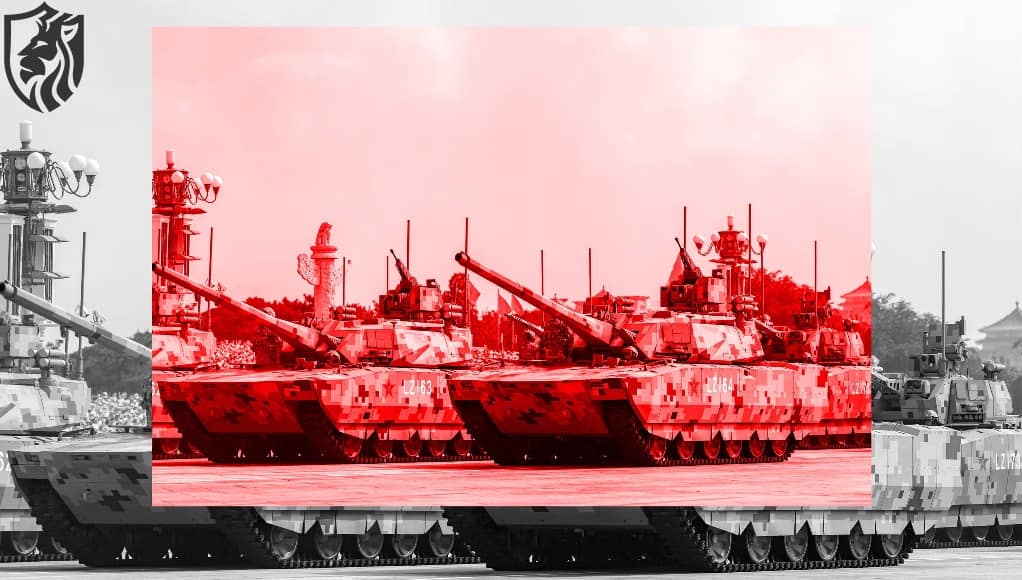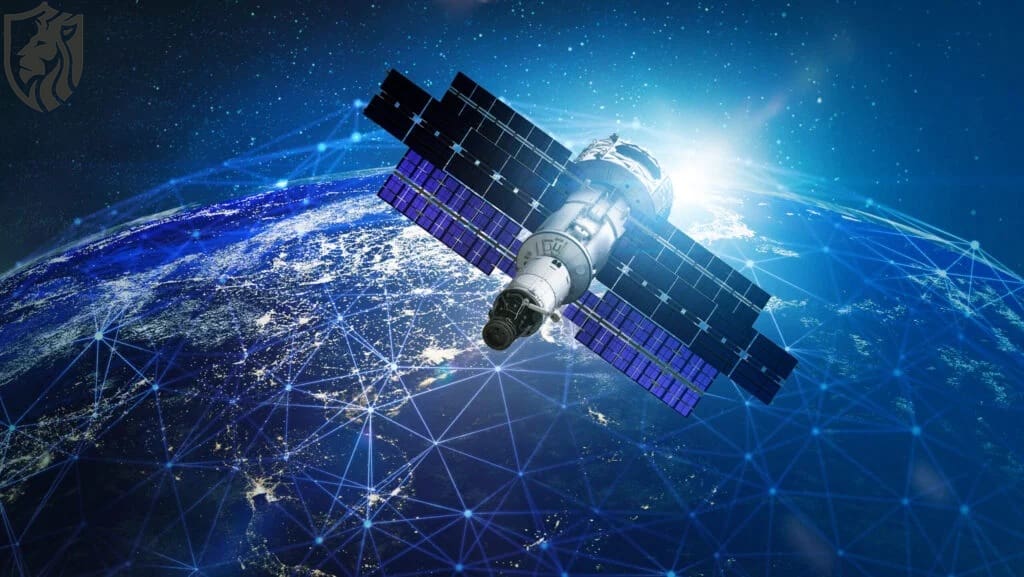
K2PL Tank
Poland has officially chosen the South Korean K2PL main battle tank as the centrepiece of its future armoured forces, sidelining years of indigenous development efforts. The decision is not just about capability but reflects strategic, political, and industrial calculations.
Restarting production at Bumar-Łabędy
The Bumar-Łabędy facility in Gliwice, operated by Polska Grupa Zbrojeniowa (PGZ), will now handle local assembly of the K2PL. This plant last manufactured tanks in 2009, producing PT-91s for Malaysia. Since then, it has shifted to maintenance and limited upgrades. The K2PL programme returns it to serial production, starting with assembly and eventually scaling toward partial domestic manufacturing.

The abandoned Polish tank roadmap
Poland had once envisioned an evolution from the T-72 to a fully indigenous third-generation MBT. Defence analyst Bartłomiej Kucharski outlined this trajectory: PT-91, PT-94, PT-97, and finally the PT-2000 with Western components. However, the PT-2000 never made it past the planning phase. Estimated to cost $400 million for development, with each tank priced around $4–5 million, the programme was shelved due to financial pressures.
Competing priorities and international commitments
At the time, Warsaw was investing heavily in Rosomak APCs and F-16s while maintaining military commitments in Afghanistan and Iraq. Kucharski explains that NATO obligations, particularly those tied to the U.S., took precedence. These deployments left little room in the defense budget for tank developments.
Medium tank attempts fall short
Despite financial setbacks, Poland made further attempts to create a homegrown platform. Projects like PCL-08 Anders, the PL-01 concept, and the Gepard programme aimed to build a new-generation tank. Yet none progressed past mock-ups or conceptual stages. According to Kucharski, a mix of funding issues, lack of political will, and minimal industrial backing derailed the efforts.
Strategic missteps and internal resistance
Kucharski is blunt about the reasons: “It was more a lack of imagination and patriotism than money.” He highlights deep-rooted scepticism within the Polish military towards local industry. Lobbying and bureaucratic hurdles also played roles in scuttling tank development. In fact, the initial K2 deal in 2022 did not include licensed production—a critical omission only rectified in the latest agreement.
Fallout from aid to Ukraine
In 2022, Poland transferred hundreds of its tanks to Ukraine, including many modern variants. According to Kucharski, the purpose of their deployment to the front was to eliminate the enemies of the Republic. However, this move forced Warsaw to quickly replenish its inventory. This urgency explains the rapid purchases of Abrams and K2 tanks.
Standardisation and supply chain concerns
A key driver behind Poland’s choice to adopt the K2PL was logistical interoperability. NATO-standard 120mm ammunition is widely available, while 125mm shells for Soviet-era tanks are scarce and primarily sourced from Russia. Likewise, W-46 engines for T-72s are no longer in Western production, making support difficult in times of crisis.

K2PL: A strategic industrial compromise
Critics have labelled the K2 heavy and costly. Yet Kucharski argues otherwise: “Even with upgrades, K2PL will weigh 10 tonnes less than an M1A2 SEPv3.” Beyond weight, South Korea offered quick delivery of the K2GF variant and agreed to technology transfers. Although the process was messy, Kucharski insists Poland is largely to blame.
The role of Korean financing
South Korea’s willingness to offer loans added to the appeal. But Kucharski cautions that this may allow Seoul to shape the final form of the K2PL programme to its advantage. The production at Bumar-Łabędy could evolve, but whether it becomes a hub for Polish tank innovation or remains a licensed assembly line is still unclear.
In conclusion, is the change a missed opportunity or a practical shift?
Poland had the know-how and a clear roadmap to develop a third-generation MBT. Yet over decades, the combination of tight budgets, shifting priorities, and a lack of institutional commitment eroded the effort. The K2PL programme represents a pragmatic pivot towards foreign collaboration and logistical integration with NATO systems.
What remains uncertain is whether Poland will use this moment to rebuild its domestic tank-building capabilities or remain dependent on external suppliers.









